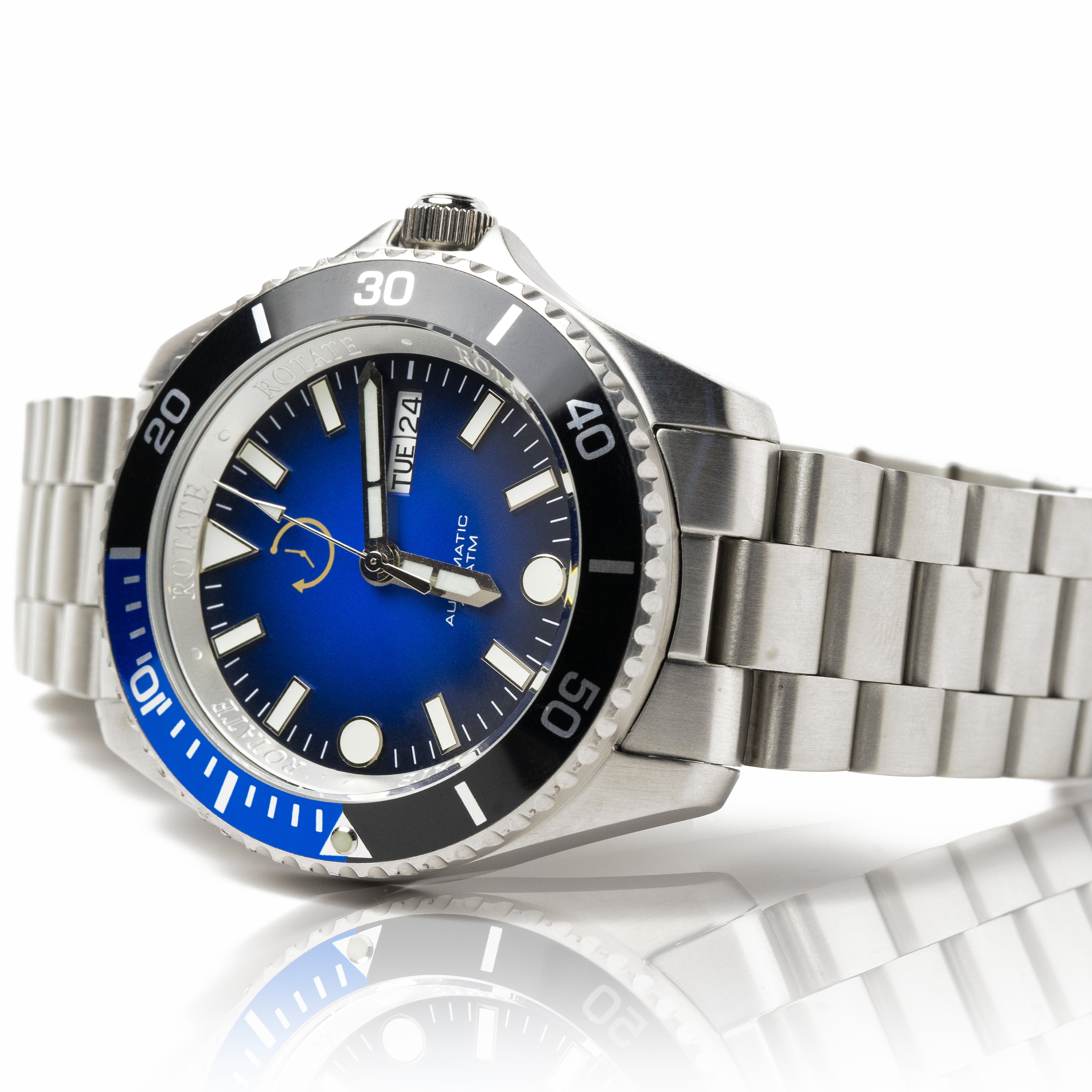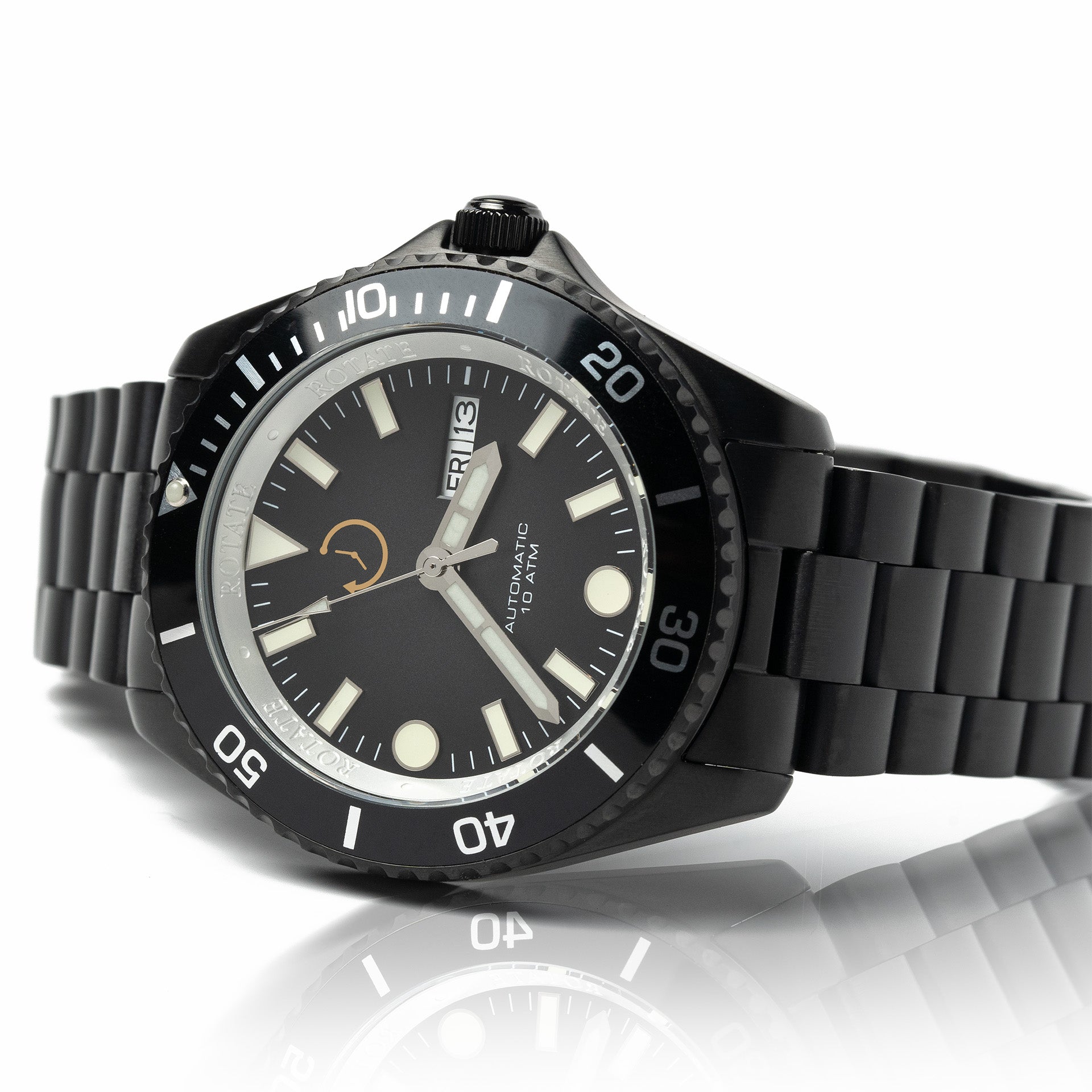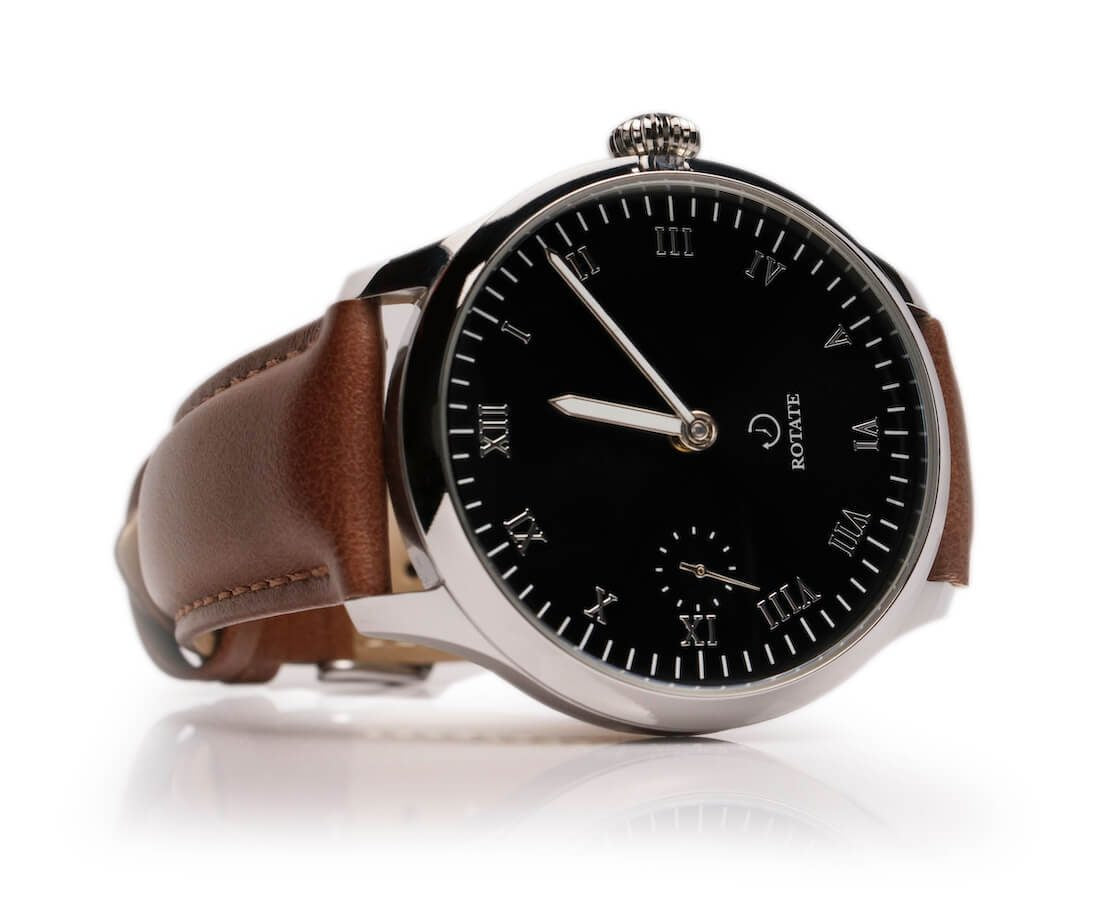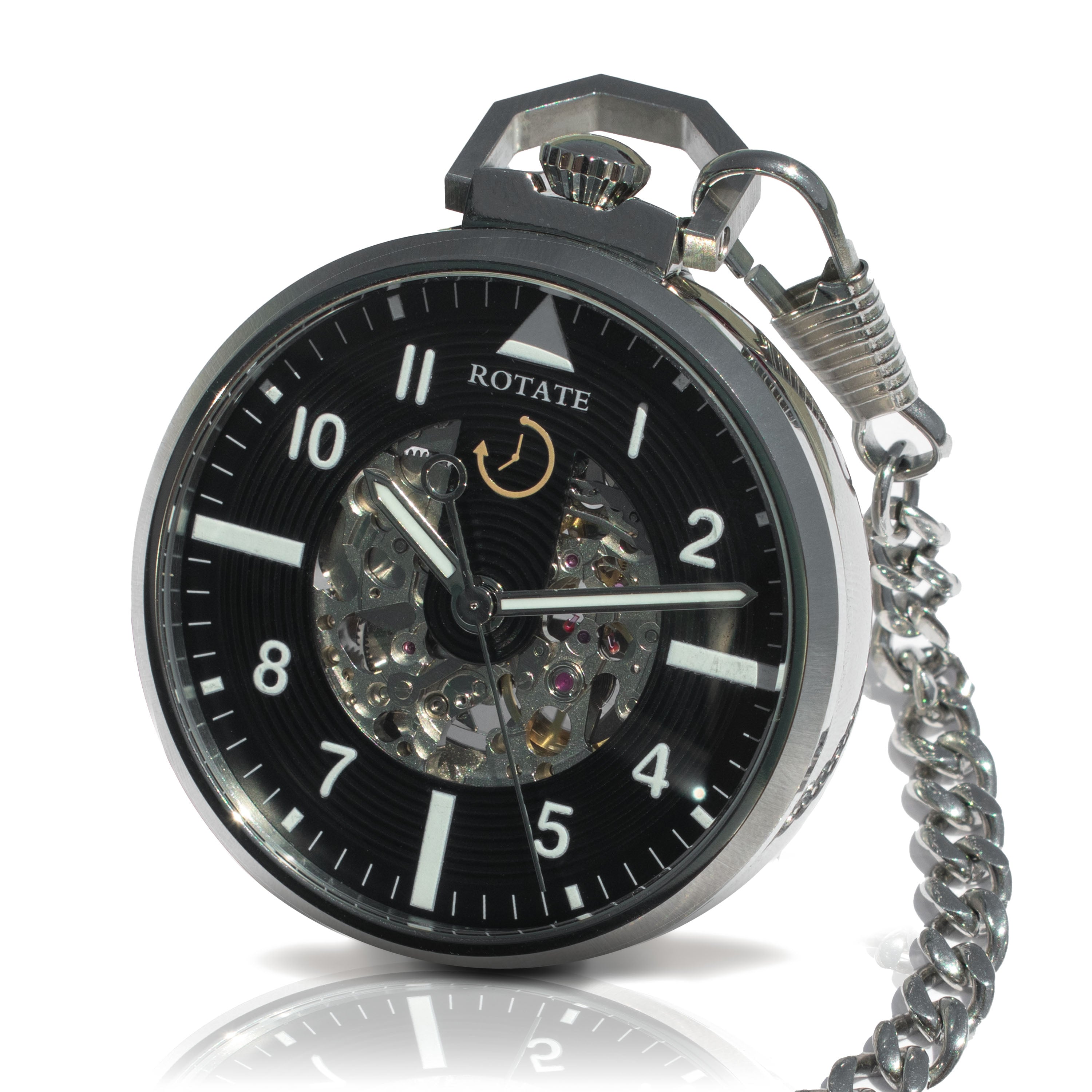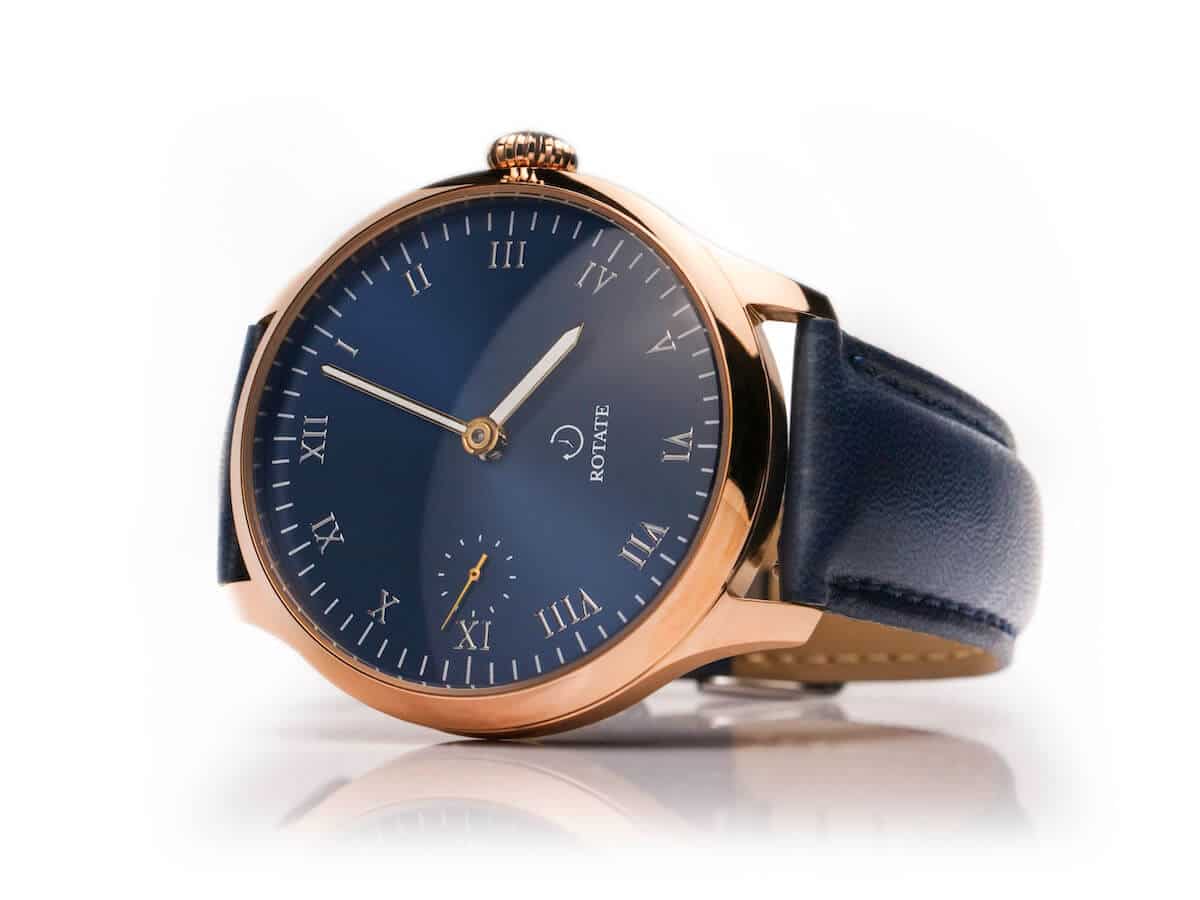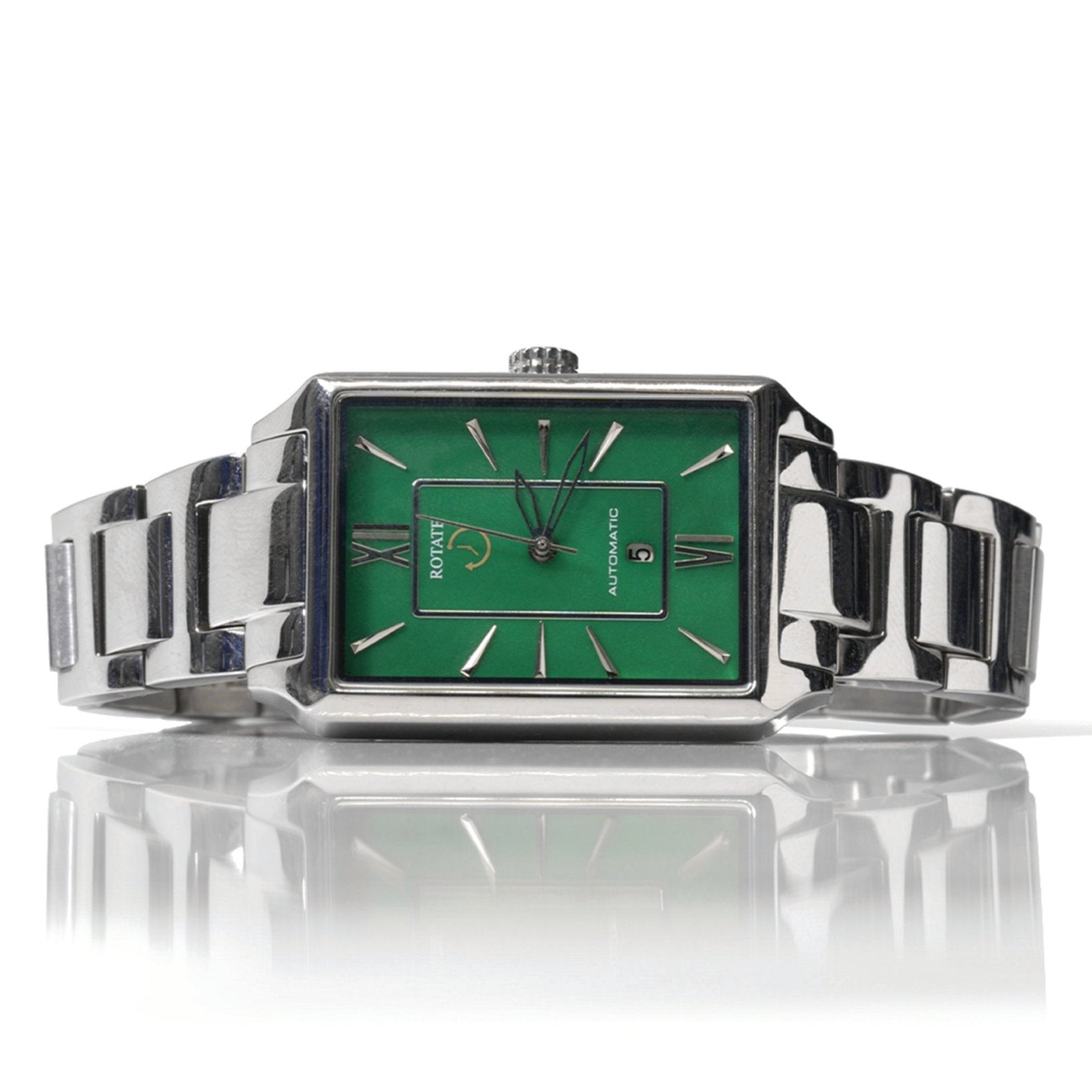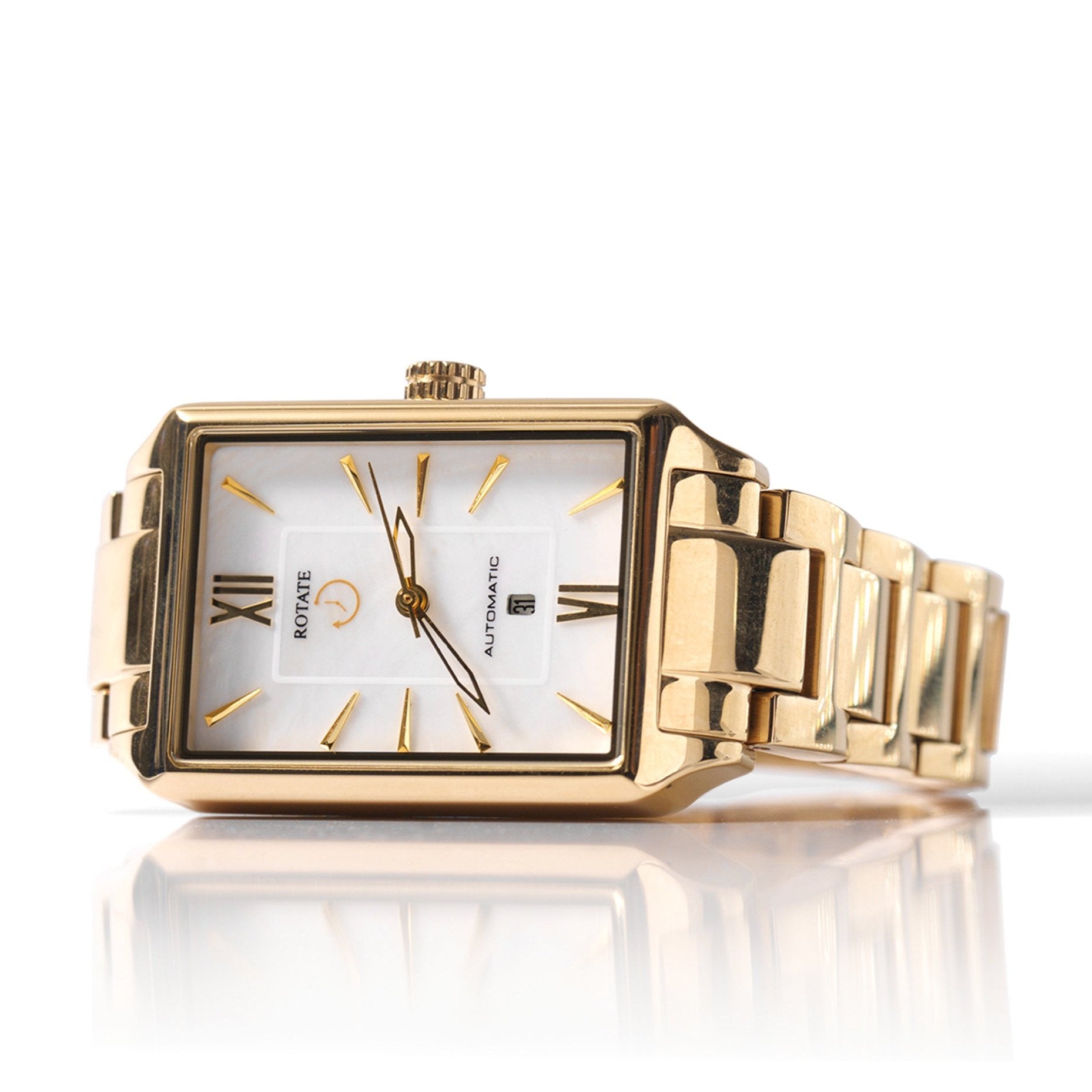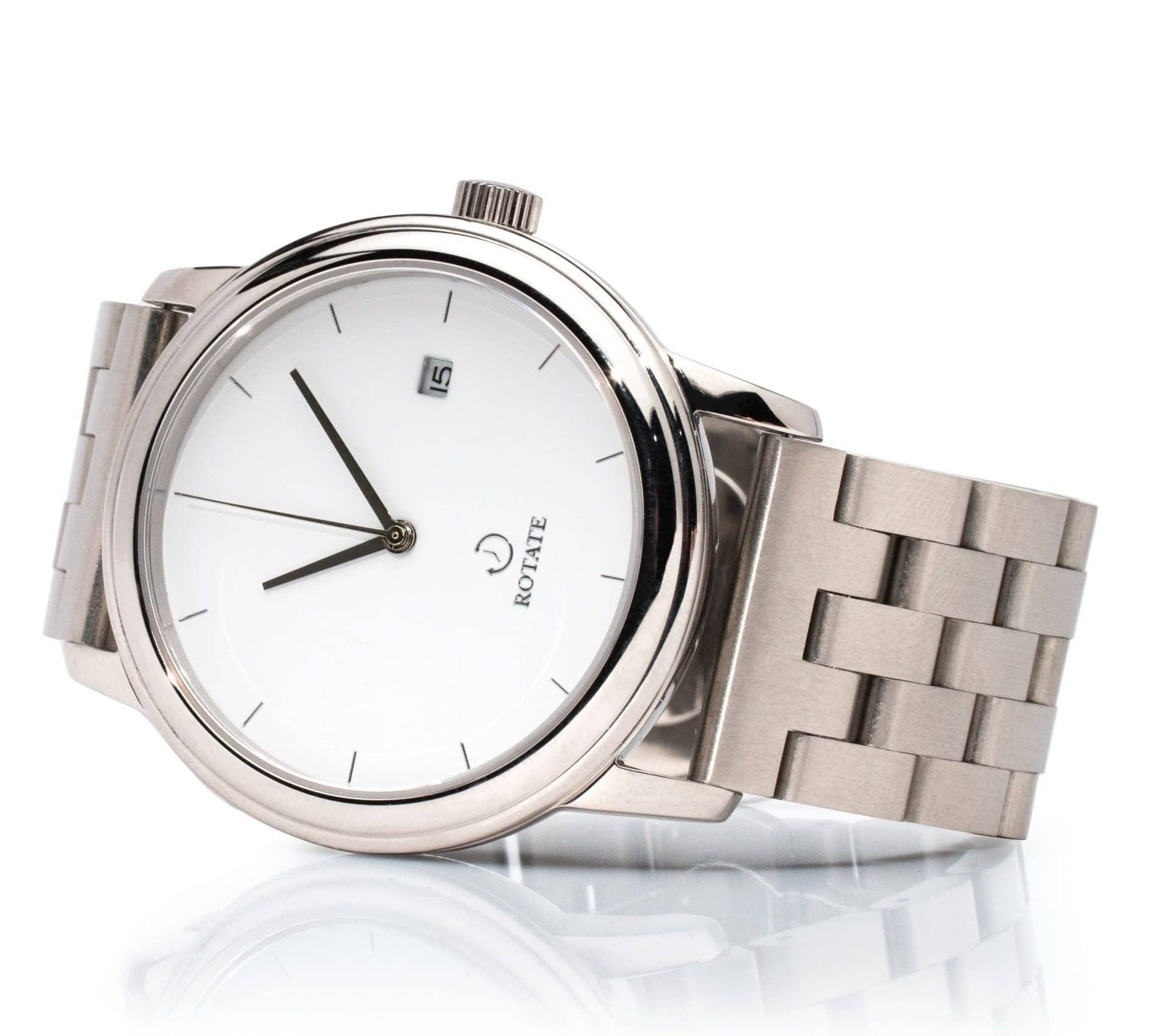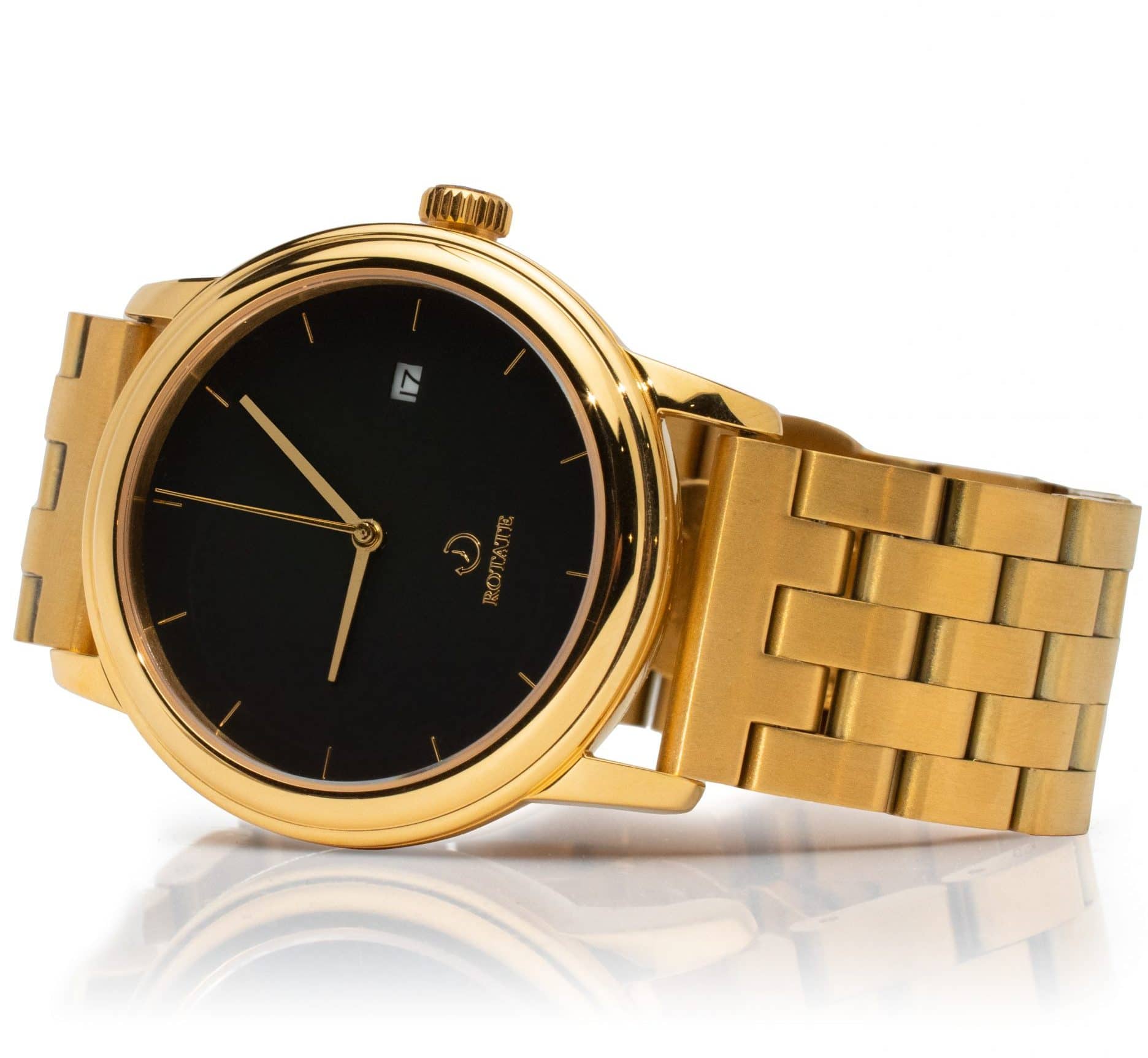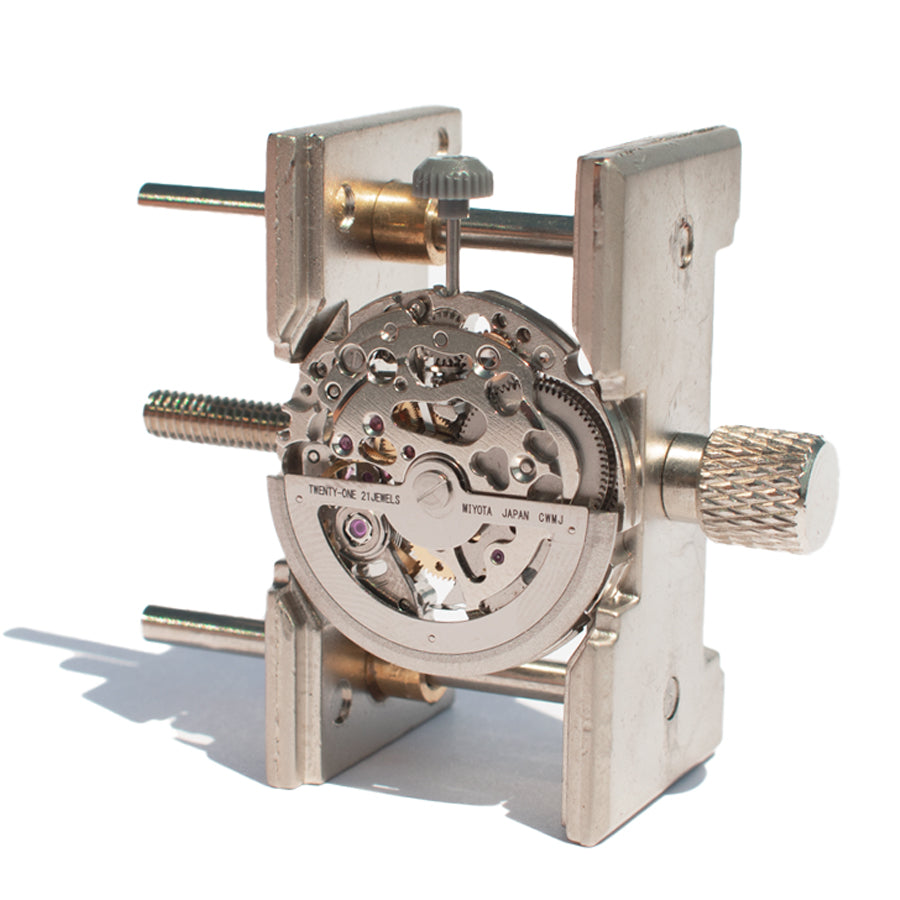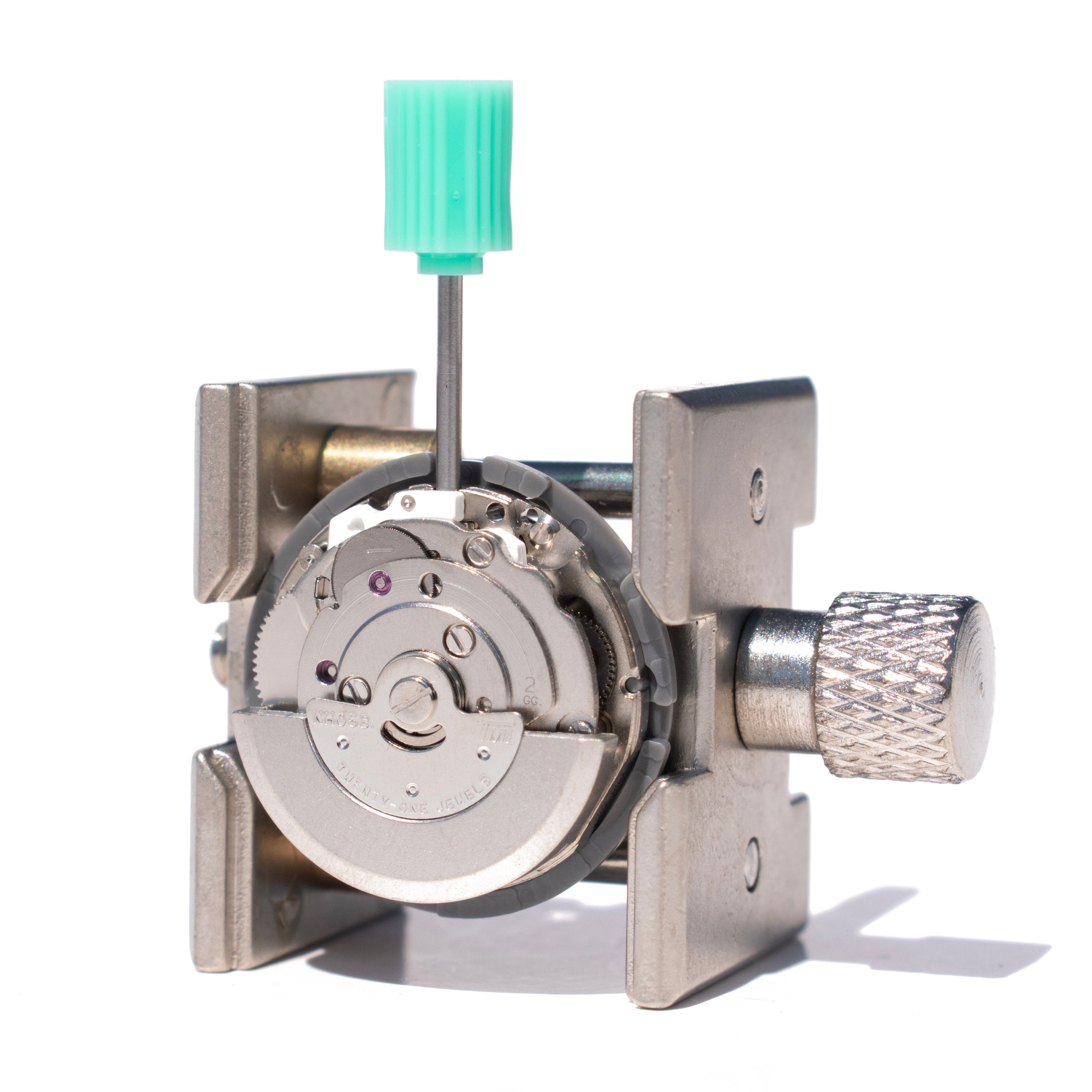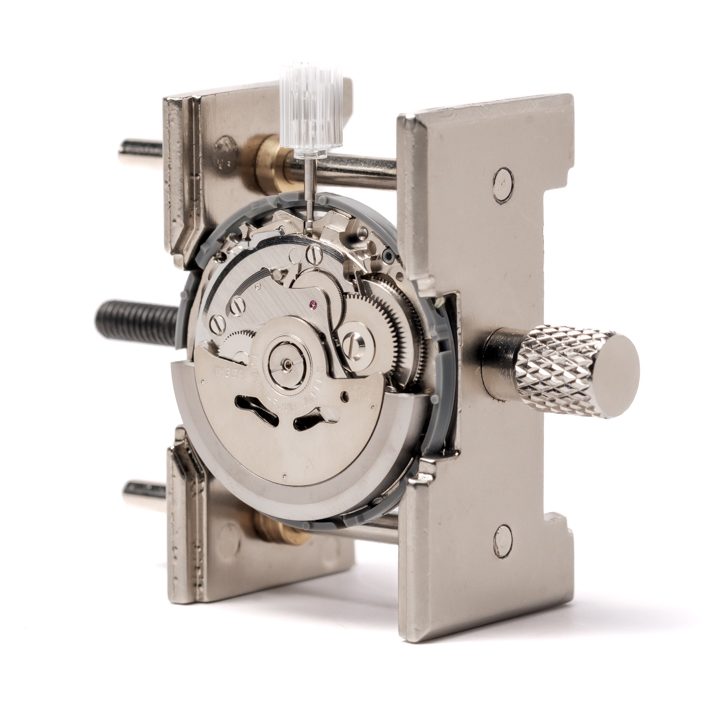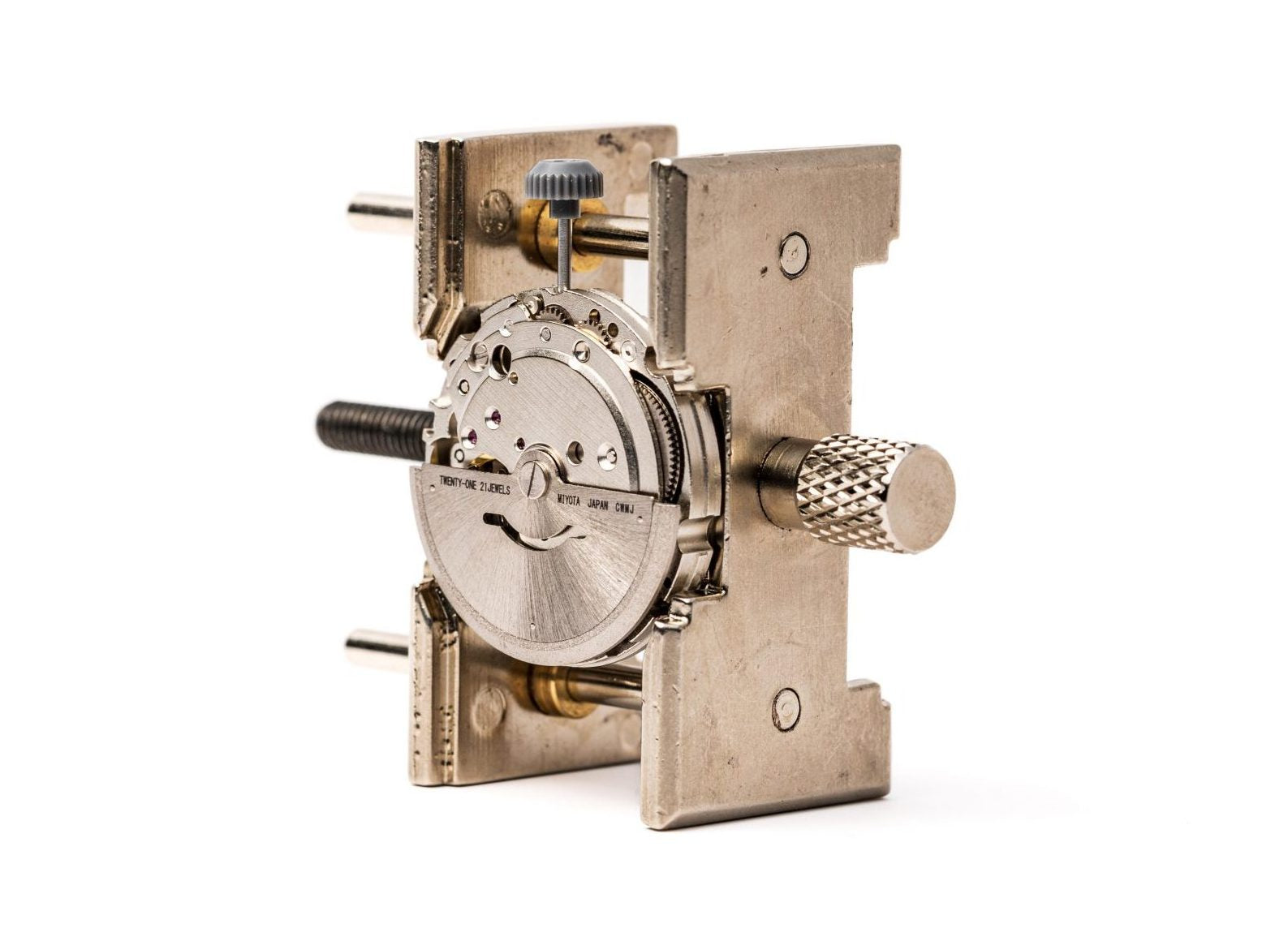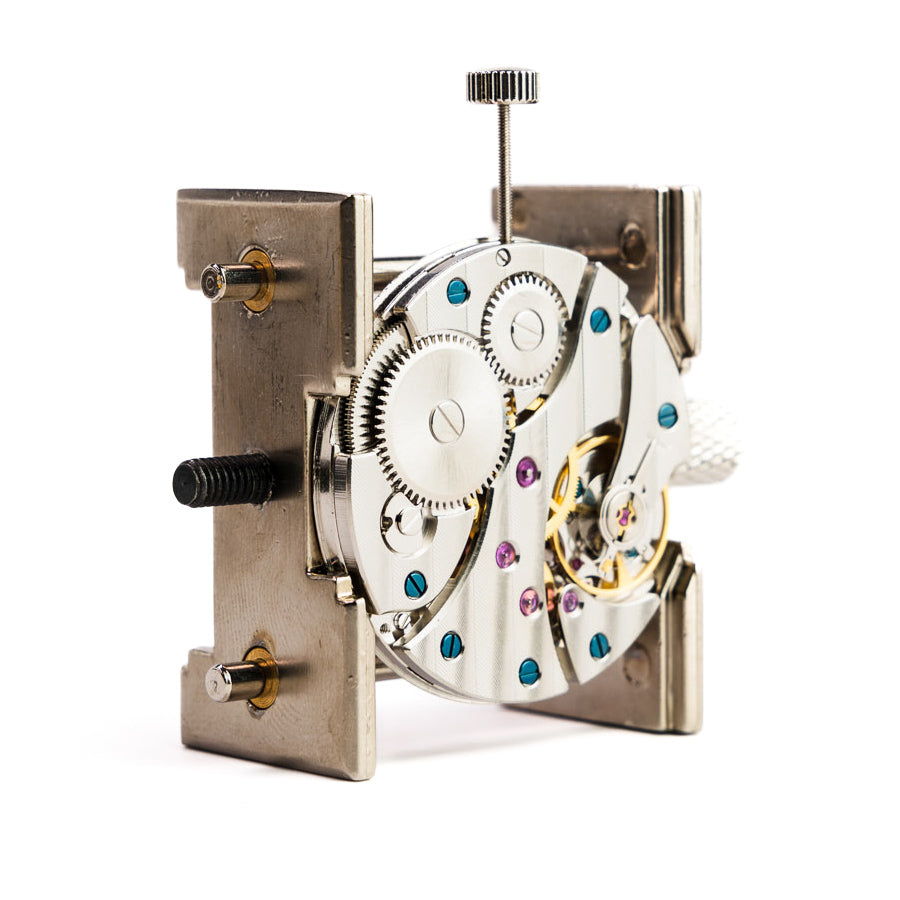
Maintenance Tips for Your Dive Watch: Keeping It in Top Shape
Key Takeaways
- Rinse with fresh water after every swim and rotate the bezel under the stream.
- Dry with a microfiber cloth and avoid heat, hairdryers, and sunny dashboards.
- Keep the crown pushed, never operate pushers underwater unless rated.
- Do a gentle monthly clean, inspect spring bars, and replace worn straps promptly.
- Schedule regular pressure tests and address fogging or gritty actions immediately.
Introduction to dive watch maintenance for purists
Tool watches earn trust through reliability in water and on land. Owners who adopt a simple maintenance routine keep timing stable, bezels crisp, and cases free of salt or sunscreen buildup. Attention to small habits delivers big gains in dive watch longevity.
Purpose of routine care for tool watches built to depth
Rugged cases, gaskets, and pushed-down crowns handle pressure. Routine care supports those systems so water resistance stays intact. Consistent dive watch maintenance also preserves accuracy, keeps lume readable, and protects finish and bracelet surfaces over years of use.
How proper habits preserve water resistance, accuracy, and value
Salt crystals, pool chemicals, and fine sand migrate into bezels, crowns, and bracelet links. Rinsing, gentle cleaning, and timely gasket checks keep seals healthy and timing steady, which protects both performance and resale value. For a deeper primer on sealing terminology, see water resistant vs waterproof guidance in our blog Water Resistant vs Waterproof: What's the Real Difference.
Post-dive and post-swim care for dive watches
Fresh steps right after a swim prevent long-term issues.
-
Rinse with lukewarm fresh water while rotating the bezel to purge grit.
-
Pat dry with a clean microfiber. Avoid stoves, radiators, car dashboards, and hairdryers.
-
Quick crown and pusher check. Confirm the crown is fully pushed down. Never operate a non-rated pusher underwater.
Owners dealing with fogging after a cold plunge can review our guide How To Remove Water Condensation From Your Watch And Prevent Fogging.
Routine cleaning at home to support dive watch longevity
A 10 to 15 minute monthly clean removes sunscreen, sweat, and dust that can trap moisture.
Case and bezelUse mild dish soap in warm water. Put on nitrile gloves for grip and cleanliness. Work with a very soft brush around lugs, crown guards, and bezel teeth. Rinse thoroughly. Avoid abrasives and toothpaste.
BraceletSoak the bracelet in warm soapy water for several minutes. Brush between links and under the clasp, then flush well. Inspect spring bars for wear or bending and replace at the first sign of fatigue. If you run steel, bookmark our tips in Steel Watch Strap Maintenance.
Rubber, NATO, leather
-
Rubber or FKM: rinse after swimming, keep away from strong cleaners, store flat and out of direct sun.
-
NATO or fabric: hand wash with mild soap, rinse, air dry flat, check for frays near holes and keepers.
-
Leather: not recommended for water. Wipe clean only and rotate to a water-ready strap for swim days.
Water resistance, gaskets, and pressure testing
What 200 m or 300 m means day to dayDepth ratings reflect lab testing under controlled conditions. Daily life adds knocks, temperature swings, and crown use. Regular checks ensure seals continue to meet expectations.
Pressure tests and gasket careSchedule an annual pressure test if you swim or dive often. Replace caseback, crown, and pusher gaskets whenever a test shows leakage or after notable impacts. Early signs that water resistance may be compromised include fogging under the crystal, a gritty or hard-to-turn crown, and a bezel that feels sticky.
Crown, pushers, and helium escape valves
Push-down crown habitsThread the crown gently until you feel contact, then tighten with fingertip firmness. Avoid cross-threading by backing off slightly until threads seat, then screw down smoothly.
Chronograph pushersOperate underwater only if the manufacturer specifies an underwater-operable pusher system. Otherwise, set timing on the surface, then enter the water.
Helium escape valvesHEVs serve saturation divers during prolonged deep exposure. Enthusiasts who stick to recreational limits rarely need to operate or think about an HEV.
Watch movement health and accuracy for mechanical and quartz
Mechanical automatic or manualKeep a light winding routine for manual pieces. Track rate in a notes app to spot trends and position the watch overnight to fine tune small daily gains or losses. Owners ready to go hands-on with movements can build confidence with the Seiko NH36 Movement Kit to practice safe handling and assembly at the bench. Explore the kit here: Seiko NH36 Movement Kit.
QuartzReplace the battery at the first low-voltage hint or when the seconds hand begins stepping irregularly. Replace caseback gaskets during battery service and pressure test immediately after closing.
Shocks and timing driftHard knocks can jolt hands or regulators. If a big timing change appears after an impact or drop, stop water use and schedule a pressure test along with inspection.
Bezel, crystal, and lume care to keep the watch interface crisp
Bezel actionA clean click-spring and bezel groove give positive action. If the bezel becomes stiff, resistant, or suddenly loose, rinse under running water while rotating. Persistent issues warrant a professional clean of the assembly.
Crystal careClean with a microfiber and mild soap only. Avoid abrasive pads and gritty towels. Chips or deep scratches near the edge of the crystal can affect sealing and deserve prompt attention.
Lume upkeepSurface grime dims lume. Gentle cleaning restores brightness. Aging compounds that no longer charge may require new hands or a relume if restoration matters to you.
Straps and bracelets for dive watch longevity
Rubber and FKMRinse after salt and pool sessions. Store cool and dry. Replace when cracks appear near holes or the case.
NATO and fabricHand wash and air dry. Inspect stitched keepers and hole edges. Replace at early signs of tearing.
Steel and titaniumWatch clasp pins and screw links during monthly cleaning. A small drop of medium-strength threadlocker on screw links prevents loosening, applied sparingly and only after a deep clean.
Storage, transport, and climate control
Dry storage prevents corrosion. Use a breathable box with silica gel packets. Bathrooms trap humidity that can creep into gaskets, so choose a bedroom drawer or closet shelf. Travel with padded rolls for short trips and hard cases for checked luggage. Owners rotating multiple automatics may benefit from an Automatic Watch Winder Display Case to keep calendars and day wheels aligned between wears. View the winder here: Automatic Watch Winder Display Case. For background on why winders help, see What Is A Watch Winder And How Does It Work.
When to escalate care
Address the following immediately: post-swim fogging, gritty or sticky crowns, bezels that will not turn cleanly, or sudden timing anomalies after knocks. Request a pressure test printout and gasket evaluation. Builders who want a water-ready project can assemble a robust sports style of their own using the Cabot Watchmaking Kit, which features a rotating bezel design suitable for swim days. Explore the kit here: Cabot Watchmaking Kit.
Dive watch maintenance checklist
-
Rinse with fresh water after every swim and rotate the bezel while rinsing.
-
Do a monthly gentle clean of case, bezel, bracelet, and spring bars.
-
Schedule an annual pressure test and replace tired gaskets.
-
Combine battery and seal replacement for quartz models.
-
Track accuracy and investigate sudden drift early.
-
Store dry and cool, use padded travel cases for transport.
Rotate Picks for Enthusiasts
Ready to apply expert care or build a water-ready classic of your own
-
Build a blacked-out sports style with rotating bezel: Marco Watchmaking Kit
-
Keep your automatic wound and ready: Automatic Watch Winder Display Case
-
Practice safe movement handling and assembly: Seiko NH36 Movement Kit
Further reading for owners who love precision
-
Bezel technique refresher: How To Use A Rotating Watch Bezel Like A Pro
-
Condensation fixes: How To Remove Water Condensation From Your Watch And Prevent Fogging
-
Water resistance basics: Water Resistant vs Waterproof: What's the Real Difference
Your watchmaking story begins with a single screw. Build, maintain, and wear with pride.
FAQs
Q1. How often should a dive watch be pressure tested?
A. Frequent swimmers and divers benefit from a yearly test or after any hard impact. Occasional swimmers can test after seal work, battery changes, or visible fogging.
Q2. Can I use chronograph pushers underwater on a dive watch?
A. Only if the manufacturer states underwater operation is supported. Otherwise set timing before the dive and avoid pressing pushers in water.
Q3. What is the best way to clean a stainless steel dive watch bracelet?
A. Soak in warm soapy water, brush between links and under the clasp with a soft brush, then rinse and dry thoroughly. Inspect spring bars and clasp screws during each clean.
Q4. Why does my dive watch fog up after a swim?
A. Moisture likely entered through a compromised seal. Stop water exposure, dry the watch gently, and arrange a pressure test and gasket inspection. Step-by-step help lives here: How To Remove Water Condensation From Your Watch And Prevent Fogging.
Q5. Do I need a helium escape valve for recreational diving?
A. Recreational divers generally do not. HEVs serve saturation divers who spend long periods in pressurized environments.
{ "@context": "https://schema.org", "@type": "FAQPage", "mainEntity": [ { "@type": "Question", "name": "How often should a dive watch be pressure tested?", "acceptedAnswer": { "@type": "Answer", "text": "Frequent swimmers and divers benefit from a yearly test or after any hard impact. Occasional swimmers can test after seal work, battery changes, or visible fogging." } }, { "@type": "Question", "name": "Can I use chronograph pushers underwater on a dive watch?", "acceptedAnswer": { "@type": "Answer", "text": "Only if the manufacturer states underwater operation is supported. Otherwise set timing before the dive and avoid pressing pushers in water." } }, { "@type": "Question", "name": "What is the best way to clean a stainless steel dive watch bracelet?", "acceptedAnswer": { "@type": "Answer", "text": "Soak in warm soapy water, brush between links and under the clasp with a soft brush, then rinse and dry thoroughly. Inspect spring bars and clasp screws during each clean." } }, { "@type": "Question", "name": "Why does my dive watch fog up after a swim?", "acceptedAnswer": { "@type": "Answer", "text": "Moisture likely entered through a compromised seal. Stop water exposure, dry the watch gently, and arrange a pressure test and gasket inspection. Step-by-step help lives here: https://rotatewatches.com/blogs/blog/how-to-remove-water-condensation-from-your-watch-and-prevent-fogging" } }, { "@type": "Question", "name": "Do I need a helium escape valve for recreational diving?", "acceptedAnswer": { "@type": "Answer", "text": "Recreational divers generally do not. HEVs serve saturation divers who spend long periods in pressurized environments." } } ] }


